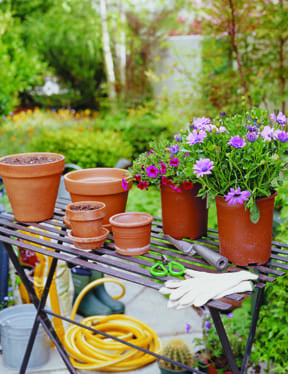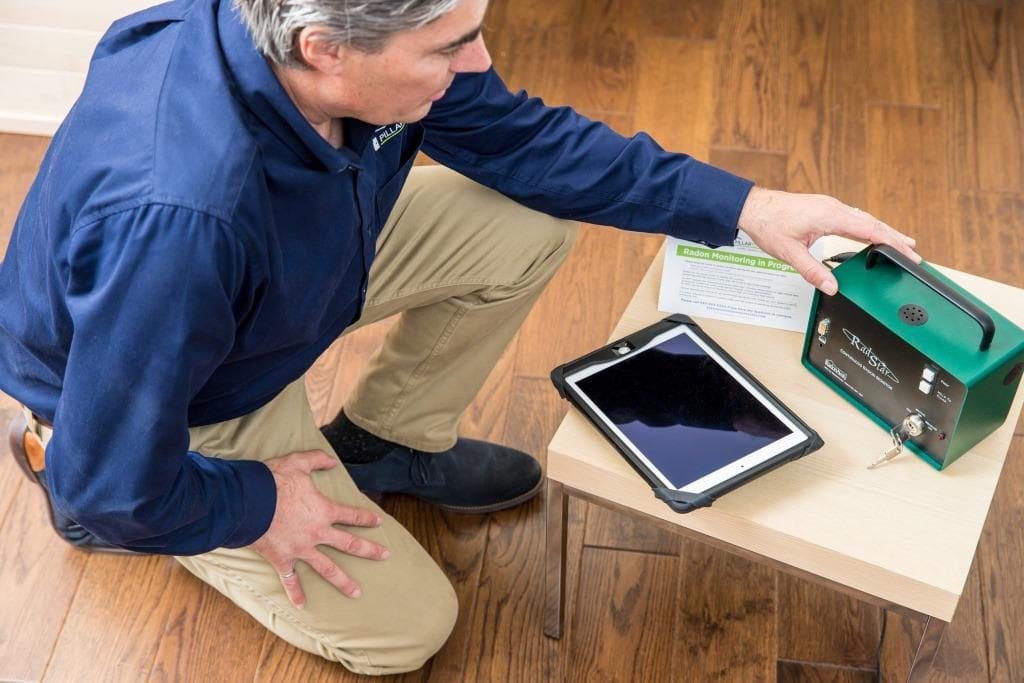
HOME SENSE
Exterior Upkeep To Do Now
Try these essential tips to keep your home’s exterior in good shape and to help preserve its value.
ROOF AND SIDING
- Use binoculars to check the roof for missing or damaged shingles. Flashing should be tight and secured to prevent leaks. Have any problem areas repaired by a licensed, qualified roofing contractor.
- Repair any cracks or gaps in the siding and around windows. Make sure these are repaired before you decide to paint.
- No need to paint? Power washing makes quick work of removing built up dirt and mildew and will brighten your home immediately. You can hire a professional to do this, or rent the equipment by the day or half day.
GUTTERS AND DRAINAGE
- Clean debris from gutters and evestroughs, then flush with a garden hose.
- Check all downspouts to make sure they direct water away from the house.
- Clear basement window wells of debris, weeds, and other materials. Don’t use window wells to store items such as garden hoses or tools. Obstructing the wells’ drainage system can cause water to leak into the house.
WALKWAYS AND DRIVEWAY
- Repair gaps and cracks using materials appropriate for your specific surfaces, such as concrete, asphalt, etc.
- On walkways and steps, repair uneven or heaved surfaces that can create a tripping hazard.
A well-maintained exterior not only looks good and can help prevent big problems down the road, it will make you feel good about coming home every day.
HOME & FAMILY
5 Ideas For Summer Fun
While school’s out, try a few of these activities to fill your days (or nights!) with fun.
Head out to explore a local park that’s new to you. Don’t forget to pack a picnic!
Visit a museum on discounted or free admission days. You’re sure to learn something new.
Check out organized volunteer opportunities the family can do together, from trail cleanup to helping at the local food bank.
Take advantage if your town offers outdoor movie nights. A blanket and snacks are about all you need.
Play tourist without leaving town. Take in a local historic attraction, a theme park or another place you’d normally skip.
HOME SMARTS
What Do You Know? Take Our Quiz!
- How can you help improve your indoor air quality?
- Keep indoor humidity below 50%.
- Use a HEPA filter vacuum.
- Open doors and windows whenever possible.
- Use less-toxic cleaning products.
- All of the above.
- True or False:
A home either passes or fails a home inspection.
- True
- False
- Which statement is incorrect?
- It’s a great idea for buyers to be present at the home inspection.
- There’s no good reason to have heating and cooling serviced before the home inspection.
- Sellers should keep pets crated or out of the home during the inspection.
- It’s a good rule of thumb to allow 3 hours for the home inspection, more if the home is very large or old.
- True or False:
Caulk and grout are different materials with different purposes.
- True
- False



ANSWERS:
- E. These steps can help to limit pollutants, allergens and other irritants in the home.
- False. A professional home inspection provides an unbiased evaluation of a home’s systems and components to inform buyers and sellers about its condition. There is no scoring or grading involved.
- B. Heating and cooling that’s in good working order is important for a clean home inspection.
- True! In short, grout is used to fill spaces between tiles and to keep them in place. Caulk is used as a sealant, usually around where tile meets tub. Outdoors, caulk is used to prevent leaks around doors and windows.
HOUSEWISE
Eco-smart The Easy Way
Try these simple tips around the house to minimize energy consumption, lower your utility bills and reduce your carbon footprint.
- LED bulbs are big energy savers and can last many years. And LED light doesn’t have to be cold and harsh. LEDs are now available in warmer, more flattering tones that look great.
- Connect computers, TVs and other electronics to power strips that can be turned off at night. Even when these items aren’t in use, standby mode can draw more power than you think. For the most flexibility, look for power strips that allow some outlets to stay on while others are shut off.
- Use the dishwasher! Newer dishwashers typically use about one-sixth the water needed to wash the same amount of dishes by hand. Skip the heated dry cycle. The rinse cycle water will be hot enough to evaporate quickly if you open the door and let the dishes air dry instead. Always run full loads for the best cleaning results.
- When you’re home, set the thermostat to 78°F/ 26°C or higher in the summer. Installing a programmable thermostat is inexpensive and can further your energy savings all year round.
- Schedule your heating and cooling system for a checkup every two years. Be sure to clean the filter or coils monthly on your air conditioner and refrigerator. These appliances work more effectively and efficiently when they’re clean.
SEASONAL SENSE
“Summer-ize” Your Home!
Making your home feel and look like summer will reward you and your family with comfort, fun and ease. Here are some easy tips you can try right now.
- Love cooking and eating outdoors? String up some fun patio lights to enjoy as evening settles in. There are hundreds of styles and colors available, so you’re bound to find something that will reflect your personal style.
- Try an outdoor area rug for the patio or deck. Rugs made specifically for the outdoors resist fading and mildew, and can be hosed clean. They’re more comfortable underfoot than wood, concrete or pavers, too.
- Plant easy-care annual flowering plants near the patio or in pots – it’ll put a smile on your face. Check with your local garden center to find out which plants will thrive in full sun and which ones will need some protection from strong summer rays.
- Have some great flowers in your garden for cutting? Look around your home for forgotten pitchers, glassware and other unusual containers that can showcase your favorite blooms.
- Change out throw pillows or pillow covers for bright stripes and patterns that complement your rooms. It’s an easy and inexpensive way to bring a colorful change in an instant.
Your home in summer is a great place to be. Make the most of it!
INSPECTION INSIGHT
Spotlight On Sunrooms
Sunrooms are all about connecting with the outdoors by bringing the sun in, and they can add value to a home. Here we take a look at some important factors to be aware of when considering adding a sunroom:
Heat Gain / Heat Loss
While heat gain and heat loss are real issues, high-quality sunrooms will be tightly sealed. High-quality glass will minimize unwanted heat transfer and should be selected according to your climate.
Condensation
Interior condensation is a common problem in full glass sunrooms. During cold weather, it forms on the inside of the glass and trickles down, and can look like a roof leak. A well-designed and constructed sunroom system will channel the condensation to the exterior.
Water Leakage
Water leakage tops the list of complaints about sunrooms. Water leaks can have several causes. The glass roof can leak as gasket materials break down. Roof and wall joints are susceptible to leaks due to improper flashing. If a sunroom is added to a house and the existing wall removed, that flashing may be a vulnerability.
Safety Glass
Tempered glass is the usual choice for overhead glass. Also used in auto glass, it’s safer than regular glass because it breaks into small, rounded pieces instead of shards. Some local codes may require laminated glass instead, which will hold together when shattered. It’s important to use an installer who is familiar with the local requirements for sunroom construction and materials.


 icon and select "Add to Home Screen".
icon and select "Add to Home Screen".

























